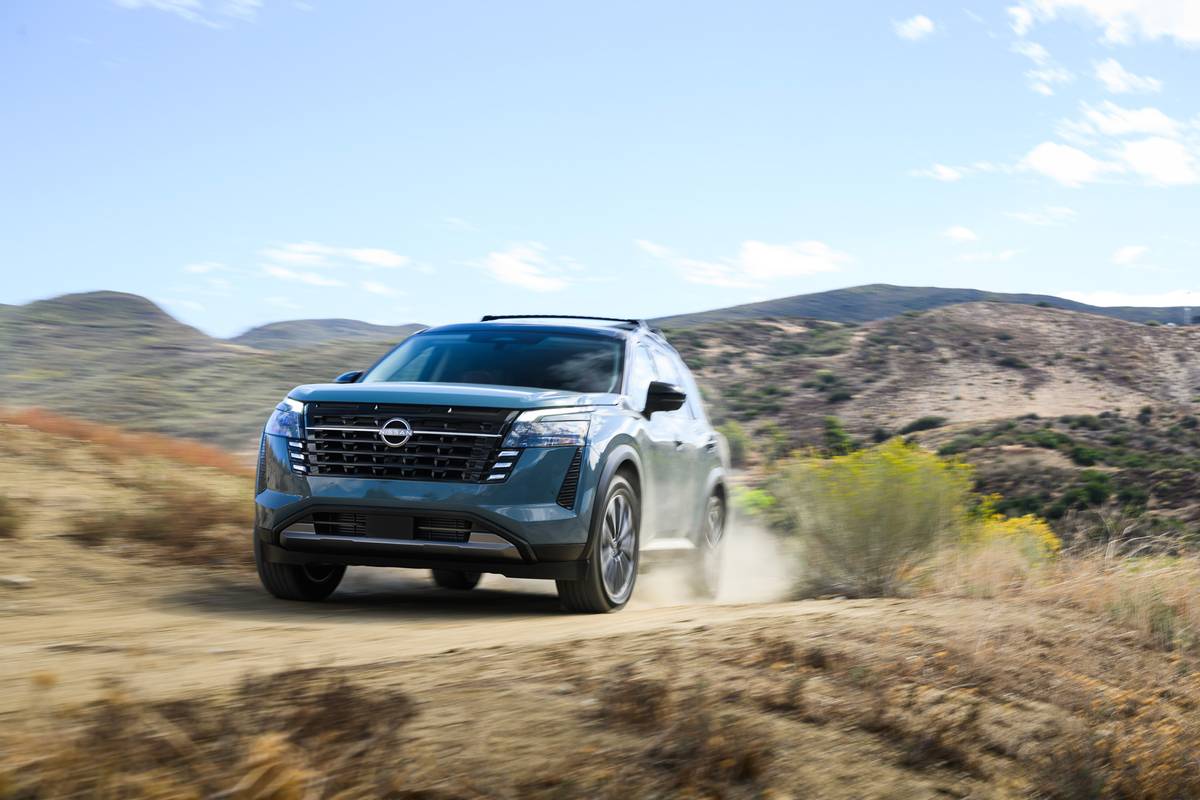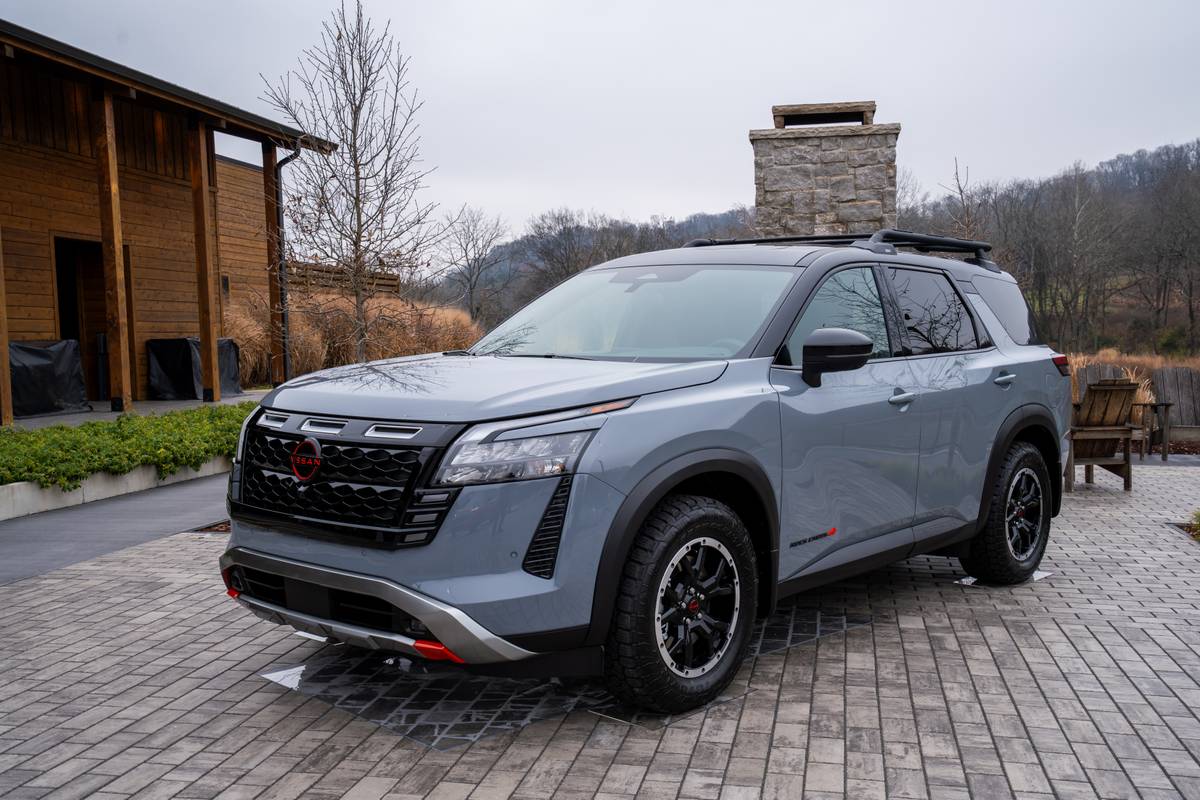washingtonpost.com's view
THE 1995 MAZDA Millenia is wealth at a discount store, checkered tablecloth at a four-star restaurant, blue jeans at a formal affair. It is a celebration of discord, and in being so, it is a happy departure from the general run of luxury automobiles.
Put another way, Mazda’s newest car is bereft of disagreeable attitude — no snooty air, no phony symbolism, no ego-pricing to match someone’s inflated self-worth.
Yet the car is indisputably elegant; and in its tested “S” form, it’s also indisputably fast, sure and purposeful on the road.
I like the Millenia. It is the car Mazda should have presented in 1991 when it unveiled a beautifully reworked but cramped and trunk-short version of its 929 sedan. Stylistically, the two cars are similar. But actually, they are quite different in price, drivetrain and worldview.
Background: Before driving the Millenia, the “why” of the car confused me. Sales of Mazda 929 sedans fell 37.3 percent in the first four months of this year. Why bring out another luxury sedan that is likely to push those sales down further? Is the Millenia Mazda’s way of kissing the 929 goodbye?
Mazda officials demur in response. The 929 and Millenia have distinctly separate markets, they say. People who are attracted to one are not likely to be attracted to the other, they claim. But here’s betting that most people who go to Mazda dealerships to look at a 929 will drive away in a Millenia instead.
Standard goods on the Millenia are bountiful: dual air bags, power four-wheel disc brakes with anti-lock backup, speed-sensitive power steering, four-speed automatic transmission, automatic climate control system, anti-theft alarm, eight-way power driver’s seat.
The Millenia comes three ways: Millenia with cloth, Millenia with leather and the tested Millenia S. The cloth and leather cars get a base 2.5-liter, 24-valve, V-6 engine rated 170 horsepower at 5,800 rpm. Maximum torque is 160 foot-pounds at 4,800 rpm.
The Millenia S comes with a supercharged, Miller-cycle V-6, named after an American engineer, Ralph H. Miller. Conventional auto engines are Otto-cycle, named after German inventor Nicholas Otto. Otto-cycle engines employ four equal strokes in the combustion chamber: intake, compression, combustion, exhaust. The Miller-cycle engine varies the timing of those strokes — for example, delaying the closing of intake valves until after the piston has risen a fifth of the way in the cylinder. A supercharger (a Lysholm compressor) forces large amounts of air into the cylinder to help boost power. The upshot is an engine that packs the punch and panache of a larger engine, but operates with the economy of a smaller model.
Complaints: A serious downshift, practically a drag, on one occasion when I floored the accelerator. The problem never repeated itself; it’s hard to say, at this point, whether the fault was mine or the car’s.
Praise: Excellent overal l craftsmanship. Super-tight body construction. Ergonomically correct dashboard. Comfortable for five passengers.
Head-turning quotient: Warm, pleasant, simple, sensuous body.
Ride, acceleration and handling: Triple aces, with the exception of the one, big downshift. Wet weather handling enhanced by standard traction-control system on Millenia S. Braking is excellent.
Mileage: About 25 to the gallon (18-gallon tank, estimated 440-mile range on usable volume of required premium unleaded), combined city-highway, running with one to three occupants and light cargo.
Sound system: Optional Bose Music System with individually amplified speakers and CD changer. Excellent.
Price: Base price on the Millenia S is $31,400. Dealer’s invoice on base S model is $27,024. Price as tested is $32,995, including $1,200 for the optional sound system and a $395 destination charge.
Purse-strings note: Test-drive the cloth and leather models, which are less expen ive and well-equipped. Compare all three with BMW 325i, Mercedes-Benz C-class, Acura Legend, Infiniti J30, Pontiac Bonneville, Cadillac Seville, Chrysler New Yorker.
Latest news



